Basically the definition of a quilt is a blanket made of a top (front) and back with a layer of batting sandwiched in between and held together by some kind of stitching through all three layers. Today we are going to discuss choosing batting and backs.
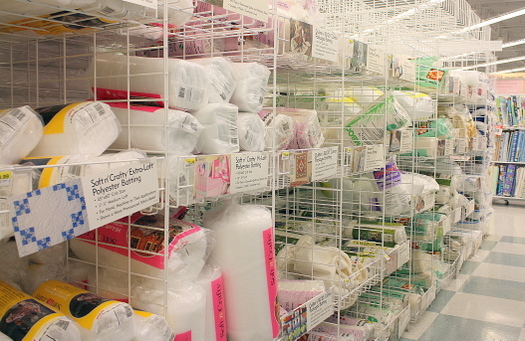
There is a wide variety of quilt battings available on the market. Like everything else, the variety can get overwhelming so I’m going to break down some of the differences so that you can pick the batting best suited to the project you have in mind.
The two most relevant factors in choosing a batting are Loft and Fibers.
First off – Loft. This means how thick or thin your batting is.
- Low Loft = thin and High Loft = thick. Thin batting makes a thinner quilt (obviously) but it works much better for a running stitch whether done by hand or machine. High Loft batts are best for a thicker comforter-type finish where the quilt is only going to be tied.

Fiber defines what the batting is made of. The three most common types of quilt batting are Polyester, 100% Cotton, and Cotton/Poly Blend and each has it’s own pros and cons. (Wool and Silk are other options that are wonderful, but usually a lot pricier, so we won’t discuss those here.) Another recent option is batting made from Bamboo. To be honest, I don’t know much about it yet. If you’ve used it or know more, please feel free to chime in!
- Polyester – Less expensive, better for hand-quilting (low loft), doesn’t need to be quilted as closely together. Tends to shift when not quilted closely and ‘beard’ (which means the polyester fibers migrate through the fabric to the outside of the quilt).
- Cotton – Feels like a thick flannel. Better option for machine quilting. Generally must be quilted closely. Washes better without pilling. Shrinks slightly. (This can be good or bad, depending on your personal preference. I personally like when the batting shrinks after the first wash because it softens the quilt and gives it more of a vintage appearance.)
- Cotton blend (usually 80% cotton/20% polyester). Very similar to the cotton option, but is less-expensive and doesn’t shrink as much. Good for machine quilting. This is what I use most often.
Batting can be purchased by individual size (you will need a “crib size” batt for this project), or big sewing stores will also let you buy it by the yard (get 1 ¼ yards). Batting goes on sale often at the big box stores. I always stock up then – or use those 40% off coupons. Save your batting scraps. It’s very easy to whip-stitch (largish) scraps together. Or you can use your scraps to make an easy table runner!

Size: you want your batting to be slightly larger than your quilt top (front) and slightly smaller than your quilt back. In other words the backing should be the biggest.
Now let’s talk backs. For this project you will need 1 ¼ yards of fabric for the back. This should be roughly 42″ square.
Most fabrics come 42-44″ wide which is perfect for baby or crib quilts. For larger quilts you will need to piece your back – meaning you will need to sew yardage together. Some fabric companies do make fabrics that are 90″ (or more) wide if you don’t want to piece a back. A pieced back can be as simple as one seam, using the same fabric for the whole back or complex with multiple fabrics and seams. Just so long as it’s a few inches bigger on all sides than your front, you’re fine. The reason a back needs to be bigger is because you’re usually quilting from the top of the quilt and the batting and backing can shift slightly underneath. The extra inches are your insurance policy that your back doesn’t suddenly become smaller than the front.
Up next Tuesday in our Quilt Along Series: we’ll talk about quilting – putting all the layers together. Once again there are lots of options!
 Amy Smart likes her family, fall, and fish tacos. She blogs about making quilting cool at Diary of a Quilter.
Amy Smart likes her family, fall, and fish tacos. She blogs about making quilting cool at Diary of a Quilter.
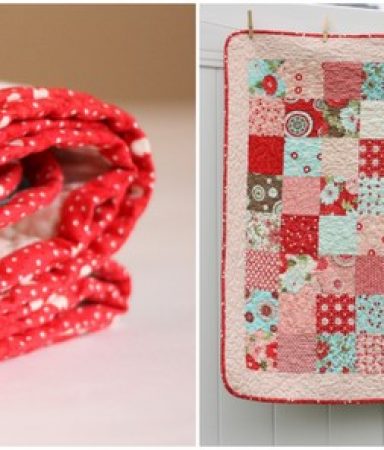
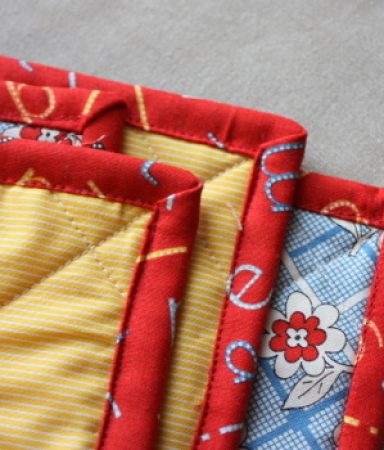
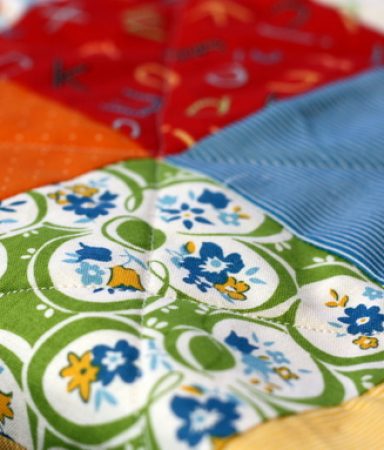
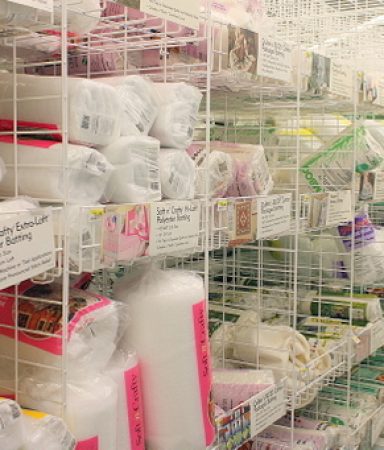

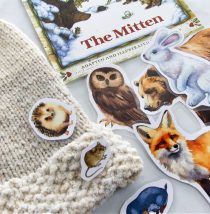
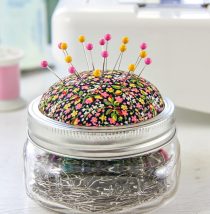
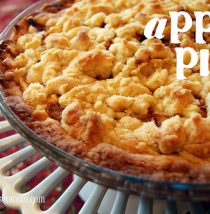
Do you have polyester batting for a queen size quilt?
If so, how much is it?
Mine needs replacing.
Thank you
My favorite batting is Quilter’s Dream wool batting – it’s so easy to sew through, and never gets linty the way other battings do (bamboo is the worst for that, incidentally – it gets all over everything and trails after your needle to the front of the quilt). Since I started using the wool batting it’s the only thing I use, unless I need something exceptionally thin for a table runner or placemat. Anyway, that’s my two cents!
About 3 hours ago I said to Jon that I fancied making (my first ever) quilt. Then I have my daily blogroll surf and here is this article! Perfect timing, thank you xx
Since you mentioned table runner, I thought I would chime in with what I use for batting on those. I generally just use a piece of flannel as batting for table runners as I find it to be a bit thinner than most batting, and warmth is not a factor with runners, and I can usually get it cheap, or use old flannel sheets.
Thank you so much for these information, it is great for beginners like me.
Loving the info. I thought that cotton batting didn’t need to be quilted close together, or does it depend on the brand?
I’m loving this series. For the quiltily challenged, it’s fabulous to read about.